The old Aberdeen Museum Tiger I tank is finally being shipped from RAF Alconbury, England back to the United States to the U.S. Army Armor and Cavalry Museum at Fort Benning, Ga. At the Fort Benning museum, the German Tiger I is scheduled for complete restoration. This particular Tiger I originally served with the German sPzAbt. 501 in North Africa. The Tiger was captured by U.S. forces in 1943, and sent to Aberdeen Proving Grounds for evaluation.
48th Fighter Wing Public Affairs RAF Lakenheath Press Release: WWII Tank Relocated by 48th LRS
One of the most feared and powerful tanks of its time is making its way to the United States courtesy of the 48th Logistics Readiness Squadron. The German Tiger 1, World War II era tank, is to be shipped from RAF Alconbury, England, to the U.S. Army Armor and Cavalry Museum at Fort Benning, Ga., for repair and full restoration….
“There are only six known Tiger 1s that are still in one piece that are left in the world,” said Len Dyer, Director of the Army Armor and Cavalry museum. “This particular one was captured by the British in Tunis, North Africa, in 1943. She has plenty of combat action and a few combat scars that have had repair work done them.”
Although the tank is now being broken down to be relocated, the battle scars that have since been patched can still be seen on several parts of the tank.
This unique task of moving this battle hardened tank came down from the U.S. Army to the 48th LRS.
“I received an email from the Secretary of the Army requesting whether we could support the moving of this back to the United States and talking to the 48th LRS commander we decided we would go ahead and try to help the Army get this tank home,” said Bill Pratt, 48th LRS Transportation Management Office chief of cargo movement….
This particular cargo is slated to be completely broken down, cleaned, and made ready to be taken back to the U.S. within the next month to join other pieces of military history at the Fort Benning U.S. Army Armor and Cavalry Museum.

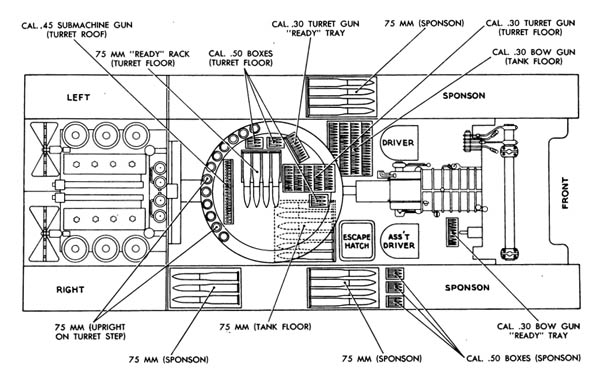
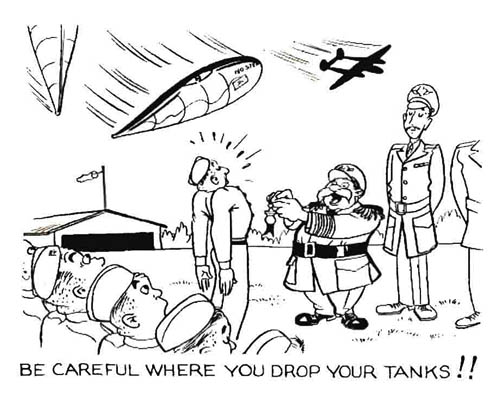
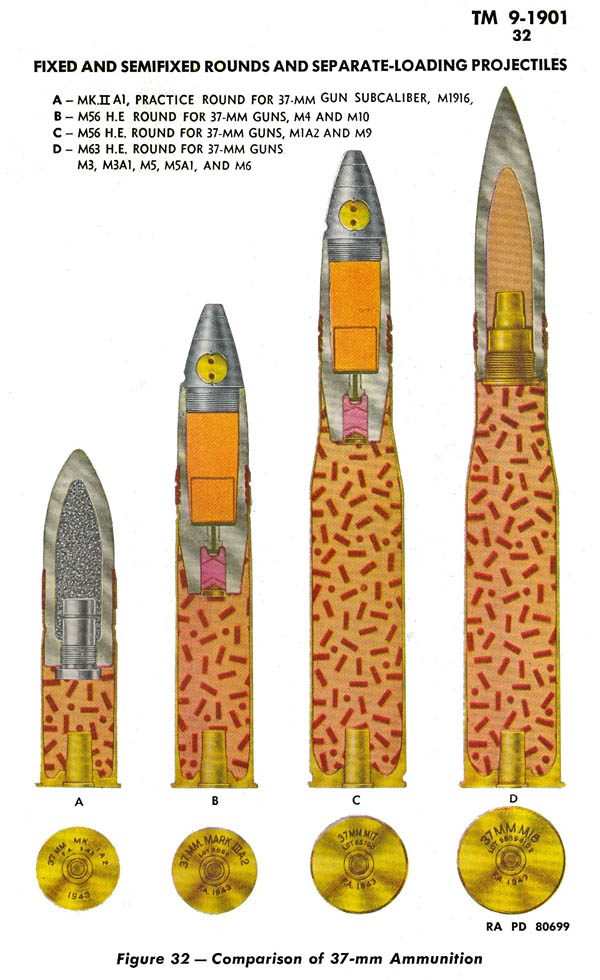
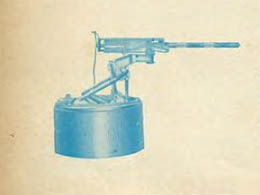
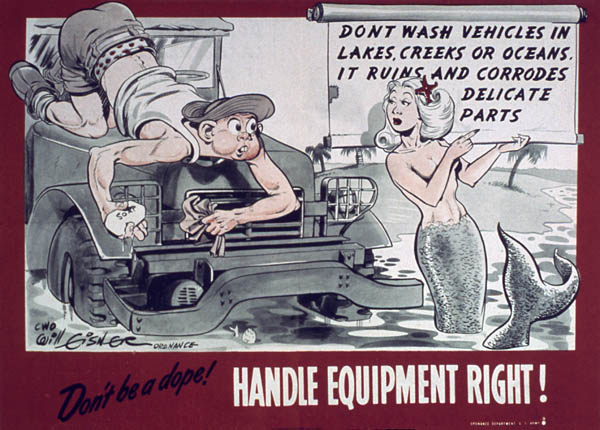
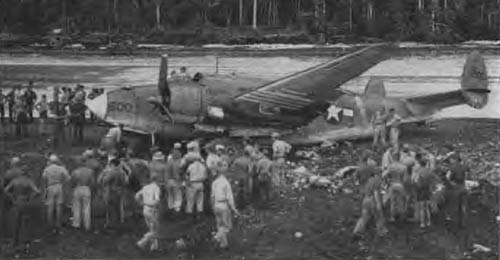
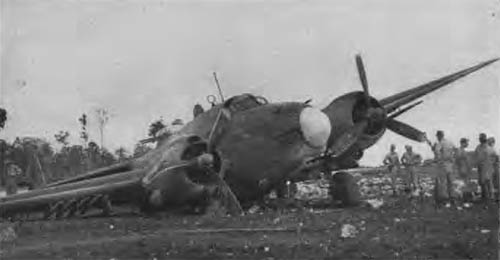
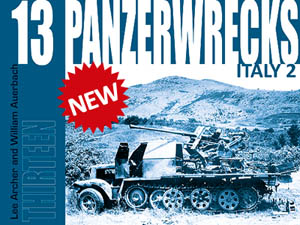 Panzerwrecks 13: Italy 2, the latest volume in the well known Panzerwrecks photo-book series, has been released by authors Lee Archer and William Auerbach. Photograph features include: Weapons Dump – Italian Style; Nashorn 214; Elefants of 1./s.Pz.Jg.Abt.653; and Dug-in Panther Turret – Concealed Killer. Other highlights include: Recaptured Shermans from 760th U.S. Tank Battalion and NZ 19th Armoured Regiment; Sturmgeschütz IV fitted with concrete add-on armour; rare photos of the Panzerjäger Elefant, field modification of Sd.Kfz.10/4 halftrack with a 2cm Italian Scotti flak; T-34 tanks used in Italy; and AB41 armored cars surrendered to U.S. forces.
Panzerwrecks 13: Italy 2, the latest volume in the well known Panzerwrecks photo-book series, has been released by authors Lee Archer and William Auerbach. Photograph features include: Weapons Dump – Italian Style; Nashorn 214; Elefants of 1./s.Pz.Jg.Abt.653; and Dug-in Panther Turret – Concealed Killer. Other highlights include: Recaptured Shermans from 760th U.S. Tank Battalion and NZ 19th Armoured Regiment; Sturmgeschütz IV fitted with concrete add-on armour; rare photos of the Panzerjäger Elefant, field modification of Sd.Kfz.10/4 halftrack with a 2cm Italian Scotti flak; T-34 tanks used in Italy; and AB41 armored cars surrendered to U.S. forces.







